Digital HR
AIHR
JULY 12, 2024
Provided that people know where the data is stored and how to access it, using a software solution such as a Human Resource Information System (HRIS) or an ATS will allow for better data management than using a manual alternative. It’s a system that stores, collects, processes, and manages employee data.

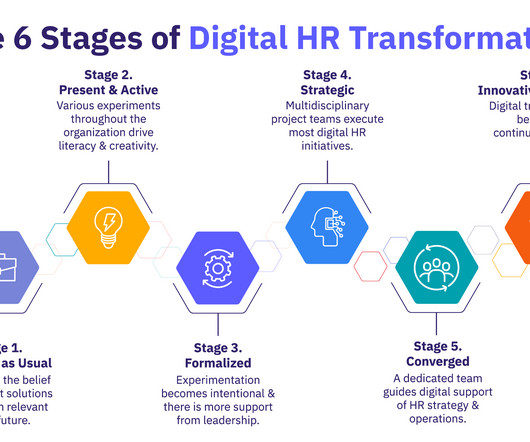
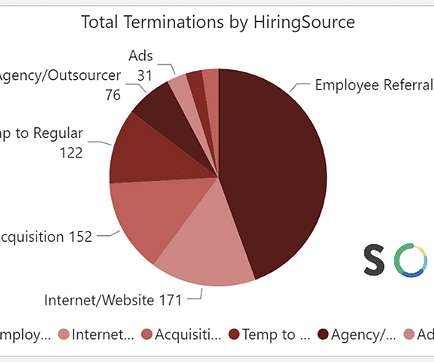
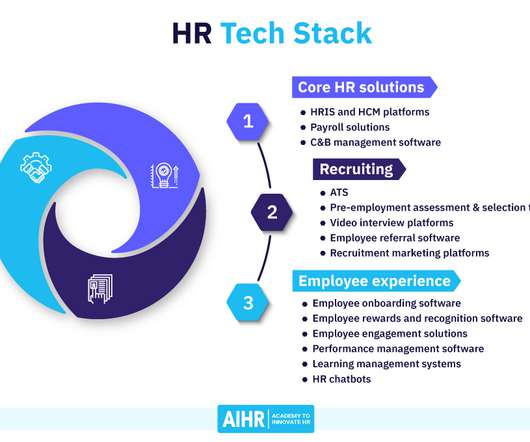



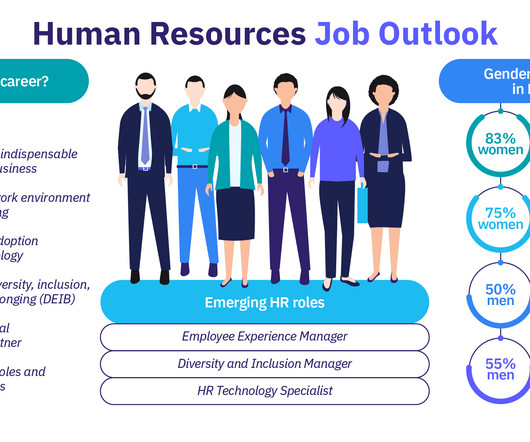
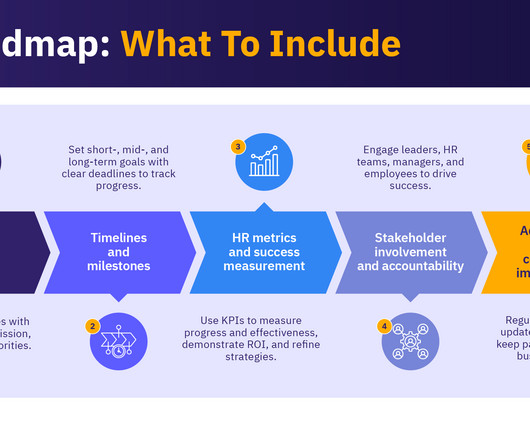
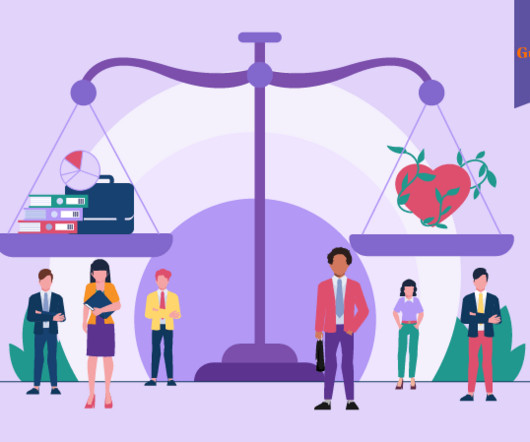








Let's personalize your content